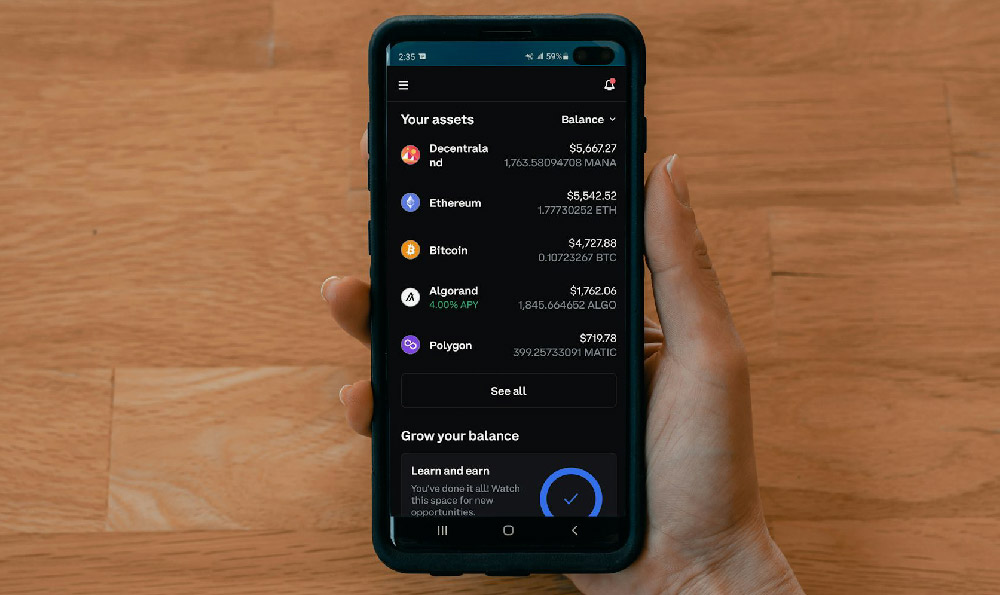How Does Zoom Generate Revenue: What Are Its Income Streams?
Zoom, the ubiquitous video conferencing platform, experienced explosive growth in recent years, becoming a household name and an indispensable tool for businesses, educators, and individuals alike. This meteoric rise naturally prompts the question: how does Zoom actually make money? Understanding Zoom's revenue streams reveals a well-defined business model built around subscription services, hardware offerings, and increasingly, value-added features aimed at enterprise clients.
The cornerstone of Zoom's revenue generation is its subscription-based model. While Zoom offers a free basic plan, it is intentionally limited to encourage users, particularly businesses and professional users, to upgrade to paid tiers. These subscriptions are structured to cater to varying needs and usage levels, offering features such as longer meeting durations, larger participant capacities, advanced administrative controls, and cloud recording storage. The pricing structure scales proportionally to the number of hosts and the features included, allowing users to select a plan that aligns with their specific requirements and budget. This tiered approach allows Zoom to capture revenue from individual users with modest needs to large organizations requiring robust communication solutions.
Zoom's subscription offerings can be broadly categorized into Zoom Meetings, Zoom Phone, Zoom Rooms, and Zoom Events & Webinars. Zoom Meetings, the core service, provides the essential video conferencing capabilities that most users are familiar with. Zoom Phone is a cloud-based phone system that integrates seamlessly with Zoom Meetings, offering a unified communication platform for voice and video calls. Zoom Rooms extends the Zoom experience to physical meeting spaces, providing dedicated hardware and software solutions for conference rooms and huddle spaces. Zoom Events & Webinars caters to organizations hosting large-scale events, offering features such as registration management, attendee engagement tools, and detailed analytics. Each of these subscription services contributes significantly to Zoom's overall revenue, with Zoom Meetings and Zoom Phone currently representing the largest segments.

Beyond its core subscription services, Zoom also generates revenue through the sale of hardware specifically designed to optimize the Zoom experience. This includes video conferencing cameras, speakerphones, and all-in-one Zoom Rooms appliances. By offering these hardware solutions, Zoom ensures a consistent and high-quality user experience, further solidifying its position as a leading provider of communication solutions. While hardware sales represent a smaller portion of Zoom's overall revenue compared to subscriptions, they contribute significantly to the company's brand recognition and ecosystem development. Furthermore, partnering with established hardware manufacturers like Logitech and Neat allows Zoom to offer a comprehensive range of hardware options without incurring the full costs of in-house hardware development and manufacturing.
An area of increasing importance for Zoom's revenue generation is its focus on enterprise solutions and value-added services. As Zoom matures as a platform, it is actively expanding its offerings to cater to the sophisticated needs of large enterprises. This includes features such as enhanced security and compliance measures, advanced analytics dashboards, and integration with other enterprise software applications. By targeting large organizations with complex communication requirements, Zoom is able to command higher subscription prices and generate significant recurring revenue. The company is also investing heavily in research and development to develop new and innovative features that will further differentiate its platform from competitors. This commitment to innovation ensures that Zoom remains at the forefront of the video conferencing market and continues to attract enterprise clients seeking cutting-edge communication solutions.
The Zoom App Marketplace also plays a crucial role in generating revenue, albeit indirectly. While Zoom doesn't directly profit from all app sales, the marketplace attracts developers to build integrations and applications that enhance the Zoom experience. This creates a richer ecosystem, making Zoom more valuable and appealing to users, which ultimately drives subscription growth. Some apps offer premium features or subscription models, and Zoom may receive a commission on those transactions, contributing to its revenue stream. More importantly, the App Marketplace fosters innovation and allows Zoom to expand its functionality beyond its core offerings, attracting a wider range of users and use cases.
Looking ahead, Zoom's future revenue growth will likely be driven by a combination of factors. Continued expansion in the enterprise market, the development of new and innovative features, and strategic acquisitions will all play a role in the company's success. Zoom is also exploring new market segments, such as telehealth and education, where its video conferencing platform can be leveraged to provide valuable services. The company's strong brand recognition, its established customer base, and its commitment to innovation position it well for continued growth in the years to come. However, increased competition from established players like Microsoft and Google, as well as emerging competitors, poses a significant challenge. Zoom will need to continue to differentiate its platform and provide exceptional value to its customers in order to maintain its market leadership. Ultimately, Zoom's ability to innovate and adapt to the evolving needs of its users will determine its long-term success and revenue generation capabilities. The focus on secure, reliable, and feature-rich communication solutions will be key to maintaining its competitive edge and capturing a larger share of the growing video conferencing market.















